Smartphones have become an integral part of modern life, with people using them for communication, entertainment, and work. However, many people are unaware of the secret lives of their smartphone batteries. The lithium-ion batteries that power smartphones have a limited lifespan and can have a significant impact on the environment if not disposed of properly.
Understanding the life cycle of a smartphone battery can help people make informed decisions about their phone usage and disposal. The average lifespan of a lithium-ion battery is between 300 and 500 discharge/charge cycles. After this point, the battery's capacity begins to degrade, and it may no longer hold a charge for as long as it did when it was new.
People can take steps to extend the life of their smartphone battery, such as avoiding full cycle (0-100%) and overnight charging, and instead, topping up their phone more regularly with partial charges. Additionally, keeping the phone between 50 percent and 80 percent charged seems to be the sweet spot. Understanding how to care for smartphone batteries can help people get the most out of their devices while reducing their environmental impact.
The Science Behind Smartphone Batteries
Smartphone batteries are an essential component of modern mobile devices. They are responsible for providing the power that keeps these devices running. The science behind smartphone batteries is fascinating, and understanding it can help you make informed decisions about how to use and care for your device's battery. Smartphone batteries are typically lithium-ion batteries. These batteries are made up of several components, including an anode, a cathode, and an electrolyte. The anode is typically made of graphite, while the cathode is made of a metal oxide, such as cobalt oxide or nickel manganese cobalt oxide. The electrolyte is usually a lithium salt dissolved in an organic solvent. When a lithium-ion battery is charged, lithium ions move from the cathode to the anode through the electrolyte.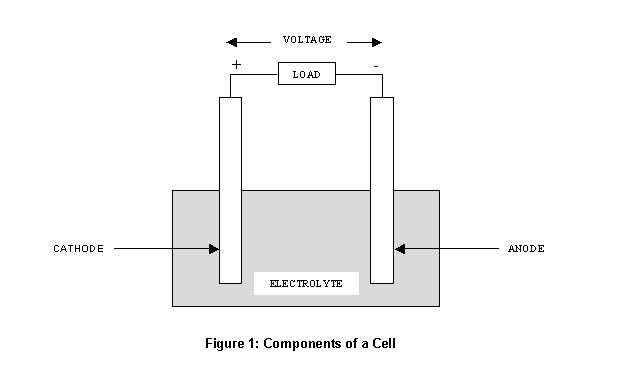 This process is reversed when the battery is discharged. As lithium ions move back and forth between the anode and cathode, the battery produces an electrical current that can be used to power a device. One of the challenges of designing lithium-ion batteries for smartphones is balancing the need for high energy density with the need for safety.
Lithium-ion batteries can be dangerous if they are damaged or overheated, as they can catch fire or explode. To prevent this, smartphone batteries are designed with safety features, such as temperature sensors and circuitry that prevent overcharging. Another important factor in smartphone battery design is longevity. Lithium-ion batteries degrade over time, which can reduce their capacity and lifespan. To extend the life of a smartphone battery, it is important to avoid exposing it to high temperatures and to avoid fully discharging it on a regular basis.
This process is reversed when the battery is discharged. As lithium ions move back and forth between the anode and cathode, the battery produces an electrical current that can be used to power a device. One of the challenges of designing lithium-ion batteries for smartphones is balancing the need for high energy density with the need for safety.
Lithium-ion batteries can be dangerous if they are damaged or overheated, as they can catch fire or explode. To prevent this, smartphone batteries are designed with safety features, such as temperature sensors and circuitry that prevent overcharging. Another important factor in smartphone battery design is longevity. Lithium-ion batteries degrade over time, which can reduce their capacity and lifespan. To extend the life of a smartphone battery, it is important to avoid exposing it to high temperatures and to avoid fully discharging it on a regular basis.
 Overall, the science behind smartphone batteries is complex, but understanding it can help you make informed decisions about how to use and care for your device's battery. By following best practices for battery care and being aware of the potential risks associated with lithium-ion batteries, you can help ensure that your smartphone battery remains safe and reliable for as long as possible.
Overall, the science behind smartphone batteries is complex, but understanding it can help you make informed decisions about how to use and care for your device's battery. By following best practices for battery care and being aware of the potential risks associated with lithium-ion batteries, you can help ensure that your smartphone battery remains safe and reliable for as long as possible.
The Manufacturing Process of Smartphone Batteries
Smartphone batteries are complex and intricate pieces of technology that are manufactured using a highly specialized process. The process begins with the mining of raw materials such as lithium, cobalt, nickel, and graphite. These materials are then refined and processed into the required components for the battery. Once the materials have been processed, they are assembled into the battery cell. This involves stacking the anode, cathode, and separator layers in a specific sequence and then rolling them into a cylindrical shape. This process is known as winding and it is a critical step in ensuring the battery is safe and efficient. After the battery cell has been assembled, it undergoes a series of tests to ensure it meets the required specifications.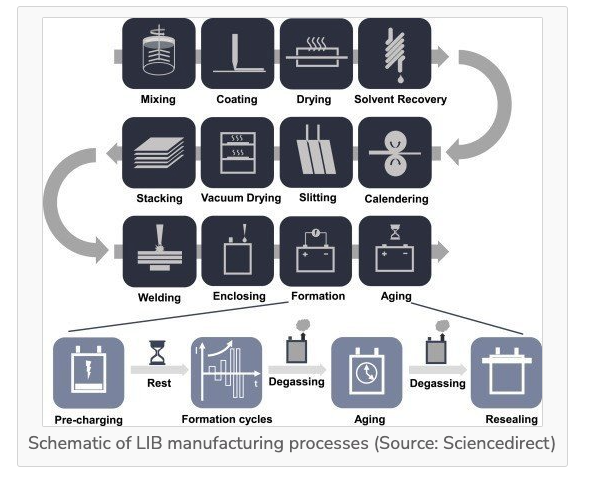 These tests include measuring the capacity, voltage, and resistance of the battery. The battery is also tested for safety by subjecting it to extreme conditions such as high temperature and pressure. Once the battery has passed all the required tests, it is then integrated into the smartphone. This involves connecting the battery to the phone's circuit board and ensuring that it is properly secured in place. The phone is then tested to ensure that the battery is functioning correctly and that it meets all the required safety standards.
Overall, the manufacturing process of smartphone batteries is a complex and highly specialized process that requires a great deal of expertise and precision. It is essential that the battery is manufactured correctly to ensure that it is safe, efficient, and reliable.
These tests include measuring the capacity, voltage, and resistance of the battery. The battery is also tested for safety by subjecting it to extreme conditions such as high temperature and pressure. Once the battery has passed all the required tests, it is then integrated into the smartphone. This involves connecting the battery to the phone's circuit board and ensuring that it is properly secured in place. The phone is then tested to ensure that the battery is functioning correctly and that it meets all the required safety standards.
Overall, the manufacturing process of smartphone batteries is a complex and highly specialized process that requires a great deal of expertise and precision. It is essential that the battery is manufactured correctly to ensure that it is safe, efficient, and reliable.
The Environmental Impact of Smartphone Batteries
Smartphone batteries are an essential component of the device that enables users to stay connected, but they also have a significant impact on the environment. The production, use, and disposal of smartphone batteries contribute to environmental degradation, including the depletion of non-renewable resources, pollution, and greenhouse gas emissions.
The production of smartphone batteries requires the extraction of minerals such as lithium, cobalt, and nickel, which are often mined in environmentally sensitive areas. The mining process can lead to habitat destruction, soil erosion, and water pollution. Furthermore, the refining process required to extract these minerals generates toxic waste and greenhouse gas emissions.
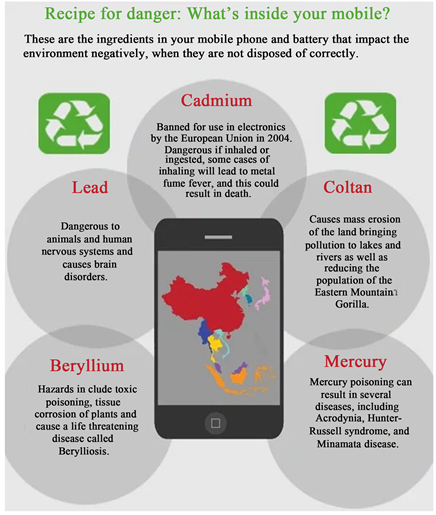
Once a smartphone battery is produced, it has a significant impact on the environment during its use. The charging of a smartphone battery requires energy, which is often generated from non-renewable sources such as fossil fuels. The use of non-renewable energy sources contributes to greenhouse gas emissions, which contribute to climate change.
Finally, the disposal of smartphone batteries can have a significant impact on the environment. When smartphone batteries are not disposed of properly, they can release toxic chemicals into the environment, including heavy metals and acids. These chemicals can contaminate soil and water sources, leading to environmental degradation and health risks for humans and wildlife.
It is essential to consider the environmental impact of smartphone batteries when using and disposing of these devices. Users can take steps to reduce their impact by using energy-efficient charging methods, recycling old batteries, and disposing of batteries properly. Manufacturers can also take steps to reduce the environmental impact of smartphone batteries by using recycled materials, reducing the use of non-renewable resources, and designing batteries that are easier to recycle.
The Future of Smartphone Batteries
As mobile devices play an increasingly important role in our daily lives, the need for long-lasting and reliable batteries has become more pressing. Fortunately, researchers and manufacturers are working on new technologies that promise to revolutionize the way we power our smartphones.
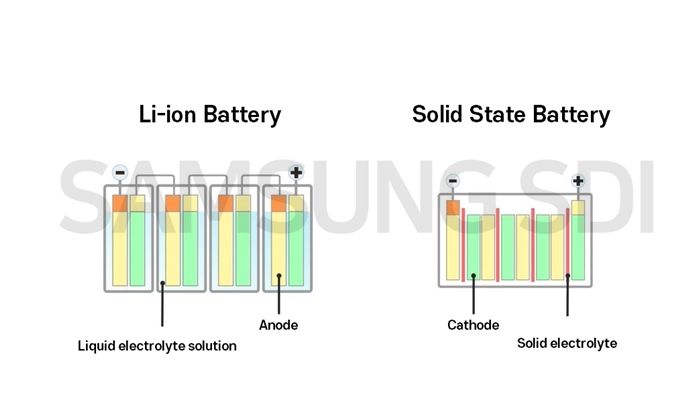
One of the most promising developments in battery technology is the use of solid-state batteries, which replace the liquid or gel electrolyte found in traditional lithium-ion batteries with a solid material. Solid-state batteries offer several advantages over their liquid counterparts, including higher energy density, faster charging times, and improved safety. Companies like Toyota and BMW are already working on solid-state batteries for electric vehicles, and it's only a matter of time before they make their way into smartphones.
Another area of research is the use of alternative materials for battery electrodes. For example, researchers at the University of California, Riverside have developed a new type of electrode made from nanoscale silicon particles that can increase the energy density of lithium-ion batteries by up to 40%. Other materials being studied include graphene, carbon nanotubes, and metal oxides.
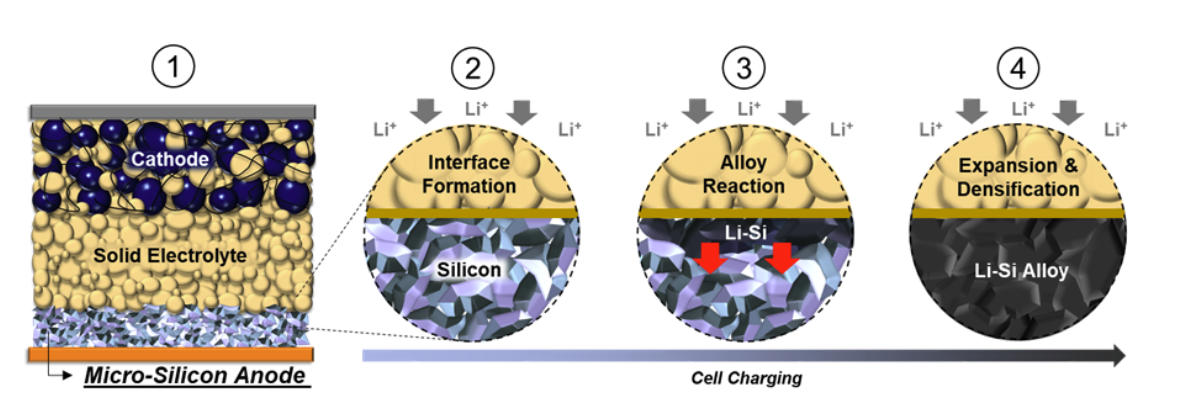
Finally, wireless charging is becoming more widespread, with many new smartphones now offering this feature out of the box. However, the technology is still in its early stages, and there are several challenges that need to be overcome, such as the limited range and slow charging speeds. Nevertheless, as wireless charging becomes more popular, we can expect to see improvements in the technology that will make it a more viable alternative to traditional charging methods.
Also Read

Hands-On Review: The XTOOL D8S OBD2 Diagnostic Scan Tool

Simplify Remote Workforce Security with PureVPN for Teams

The Secret Lives of Your Smartphone Batteries: What You Need to Know

Smartphones: Advantages & Disadvantages

4 Cars You Can Drive Without A License








